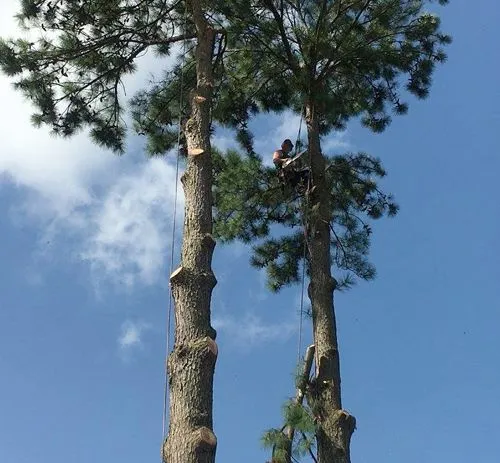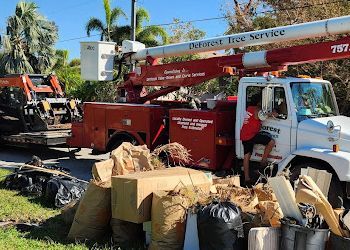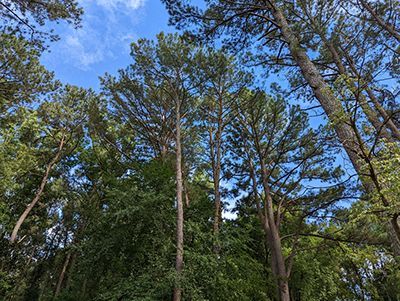5 Warning Signs that your Big Tree Is Creating a Safety Hazard

Large trees can be beautiful and beneficial to your property. However, when a tree begins to show signs of decline or structural weakness, it can quickly become a serious hazard. Being able to recognize the warning signs that a tree is becoming dangerous is crucial to protecting your home, your family, and your neighbors. At DeForest Tree Service, we can accurately identify and safely remove hazardous big trees. Here are five signs that a big tree may be posing a safety risk and should be inspected by a professional arborist.
Leaning More Than Usual
While some trees naturally grow at an angle, a sudden or increasing lean can be a red flag. A significant lean, especially when accompanied by soil movement or exposed roots on one side, may indicate that the tree is unstable and at risk of falling. This is especially concerning after storms or periods of heavy rain, which can loosen the soil and make the tree more likely to topple.
Large Dead or Falling Branches
If you’re noticing large dead branches or limbs falling from the canopy, your tree may be in trouble. These dead limbs can fall without warning, especially during high winds or storms, and pose a threat to anything beneath them. A tree that is shedding large branches or has many dead limbs in the canopy could be experiencing disease or decay that weakens its structure.
Visible Trunk Cracks or Cavities
Cracks or cavities in the trunk of a large tree can compromise its structural integrity. Deep vertical splits or open hollows may indicate internal decay. Over time, these weak spots can worsen and make the tree more susceptible to breaking or falling. If you see deep cracks or signs of internal rot, it’s time to get a professional assessment.
Signs of Root Damage
Since tree roots are mostly underground, root damage can be hard to detect. However, symptoms like mushrooms growing around the base, soft or decaying wood near the roots, and an unstable tree base may all indicate root problems. Root damage weakens the tree's support system and greatly increases the risk of collapse.
Excessive Dieback or Sparse Foliage
A healthy tree should have full, vibrant foliage during the growing season. If your tree has significant dieback—where branches are bare or leaves are sparse and discolored—it could be suffering from disease or pest infestation. This lack of healthy growth is often a symptom of deeper issues and can signal that the tree is weakening from the inside out.
Tree Removal in Virginia Beach, VA
When you need an
experienced arborist in Virginia Beach
and the surrounding area, contact DeForest Tree Service at
757-241-4211. Feel free to give us a call to arrange an arborist estimate in Virginia Beach!






